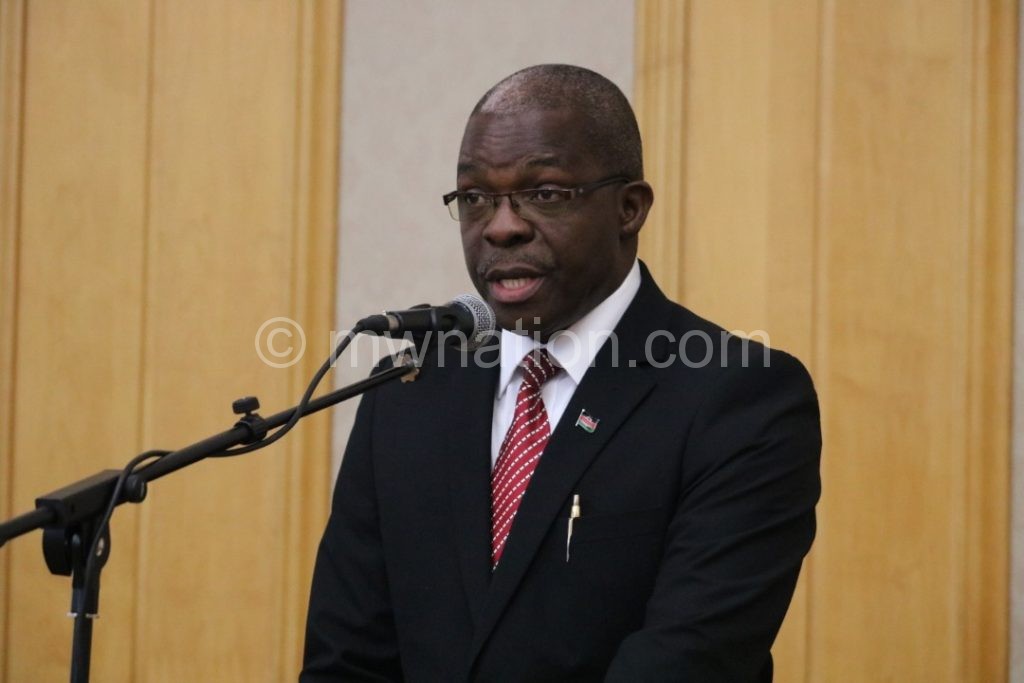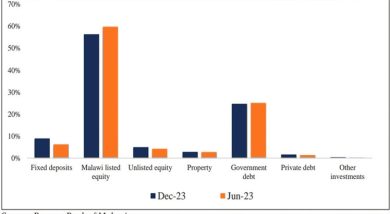New export strategy consultations start
Ministry of Industry, Trade and Tourism has started consultations to develop the second National Export Strategy (NES II), which will cover the period between 2020 and 2025.
The second NES is expected to build on key lessons learnt from the first strategy, which was launched in 2012 and expired last year.

On Wednesday, the ministry, with support from the Commonwealth, started a two-day consultative process to design the new strategy, whose aim was to solicit input from various key stakeholders before the actual formulation.
The meeting marked the beginning of a series of consultations the ministry will undertake nationwide to ensure that the views from stakeholders are taken on board right from the onset.
Speaking during the meeting, Ministry of Industry, Trade and Tourism Principal Secretary Ken Ndala admitted that the first NES did not achieve most of its key targets.
“Upon expiry of the strategy in 2018, exports as a share of imports were at 32.6 percent and the rate of growth of exports in value terms averaged 4.2 percent.
“This has been the case because of deficient resource mobilisation with heavy dependence on development partners and donor agencies,” he said.
Ndala admitted that the first NES was overdesigned and too ambitious to be realised within a five-year period given the prevailing conditions.
“It [NES1] reflected more of an Industrial Policy rather than an Export Policy as limited actions for effective export promotion, facilitation, export development, aftercare and policy advocacy were planned and then there was weak and ineffective collaborative framework between ministries and agencies.”
When it was launched in 2013, the main goal of NES was to raise exports as a share of imports from 51.5 percent in 2010 to 75.7 percent in 2017.
This was to be achieved by ensuring an increased rate of growth of exports in value terms from nine percent annually between 2001 and 2011 to 13 percent per year from 2013 to 2017 through diversification of exports into higher value-addition.
However, Malawi still faces a significant trade deficit, importing about twice the value of goods it exports, raising questions of the effectiveness of the first export strategy.
In 2010, the country’s trade deficit was $1.1 billion (about K81 billion), around 21 percent of gross domestic product (GDP), a rise from seven percent of GDP in 2001. At the same time, imports were 43 percent of GDP and exports were valued at only 22 percent of GDP.
On his part, the ministry’s director of planning Francis Zhuwao said growth in trade deficit between 2001 and 2010 was due to structural weakness of the economy, which had limited productive base and dependence on only tobacco, which accounted for 53 percent of exports in 2001 and 49 percent in 2010.
“This reflects a lack of proper prioritisation and a piecemeal approach to cluster development,” he said.
A recent review of NES I found that Malawi was able to strengthen its oil seed sub-sector, but broadly exports lagged behind imports with the country’s export basket remaining narrow and market diversification slow.





